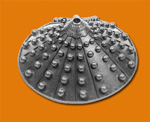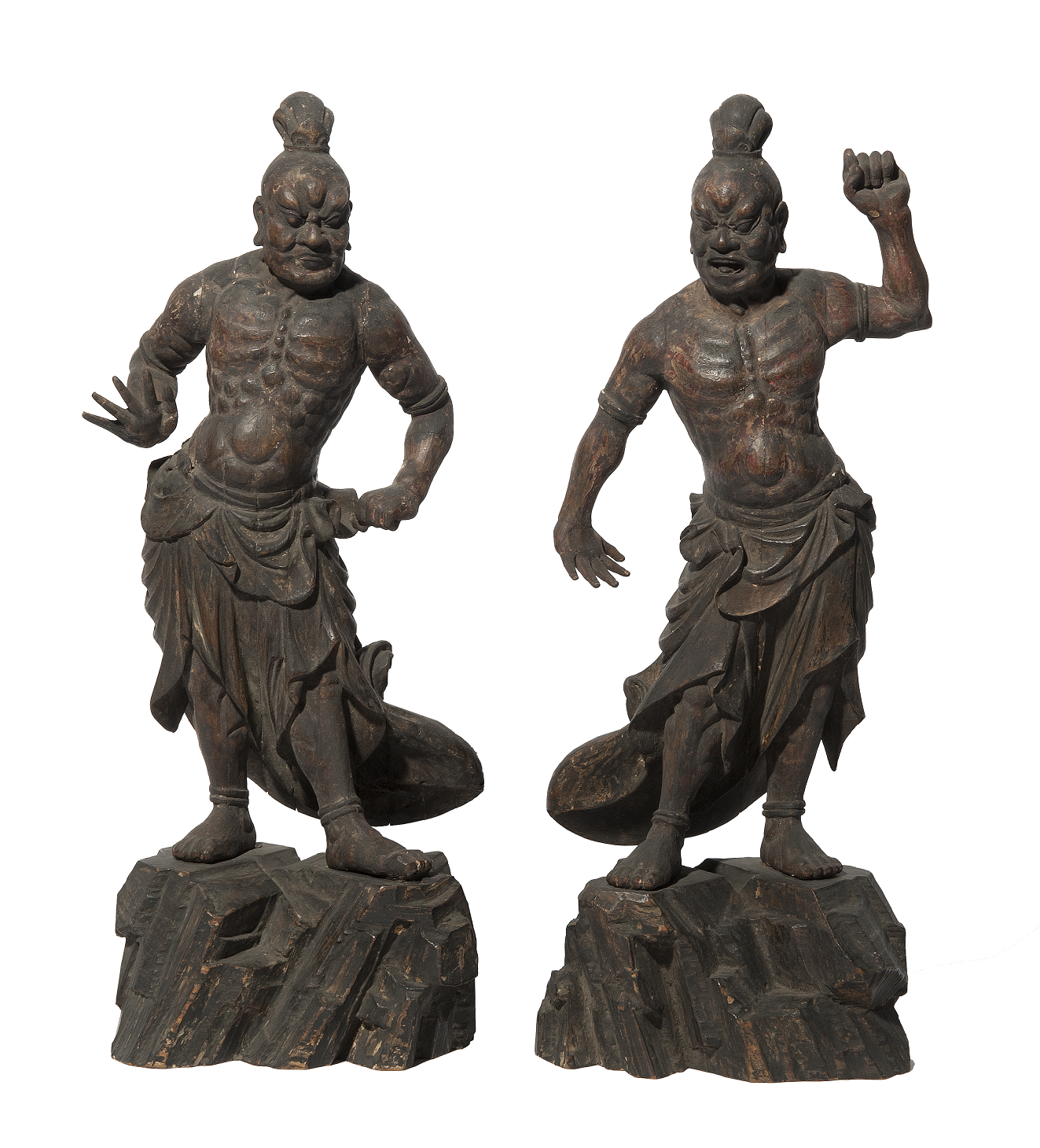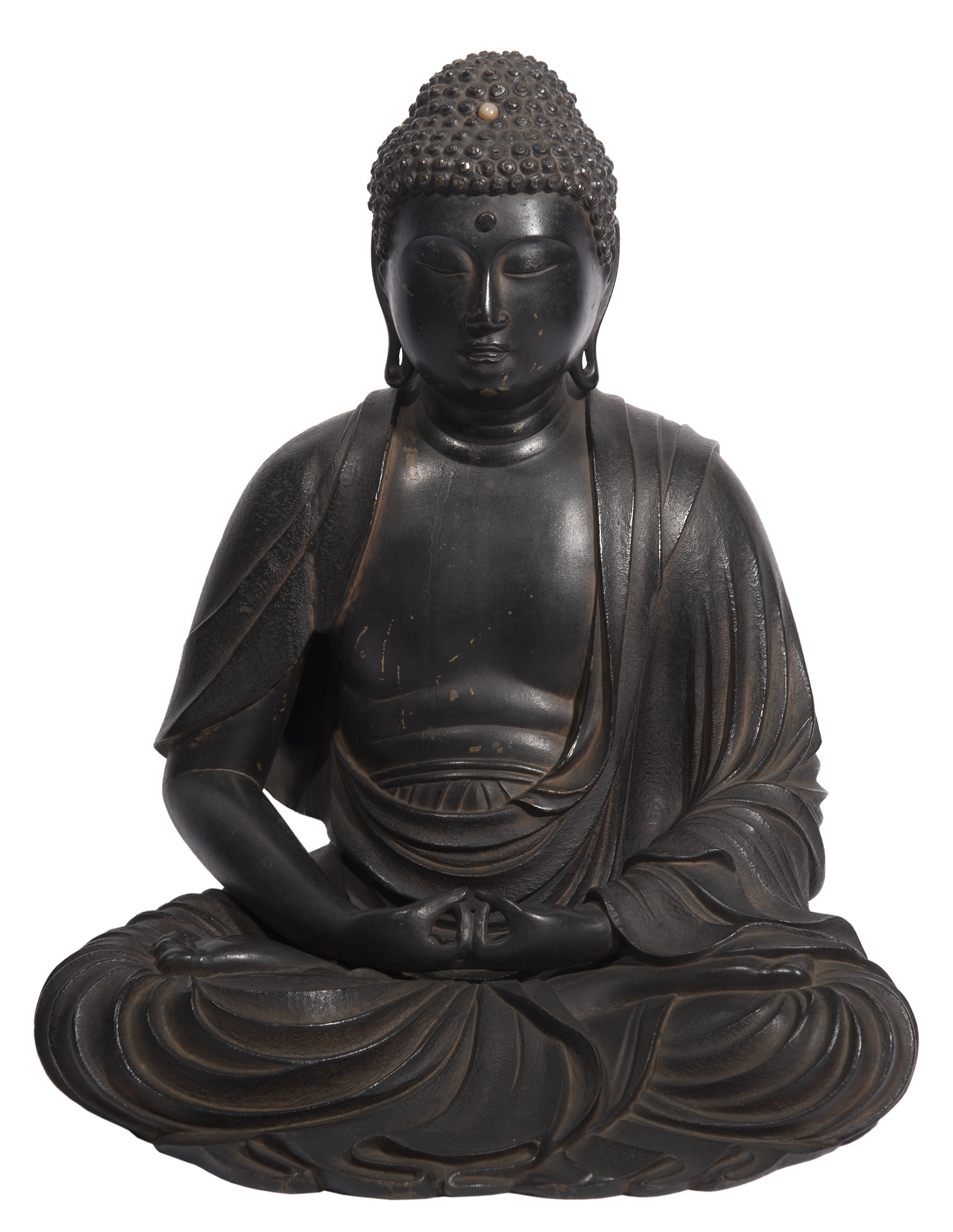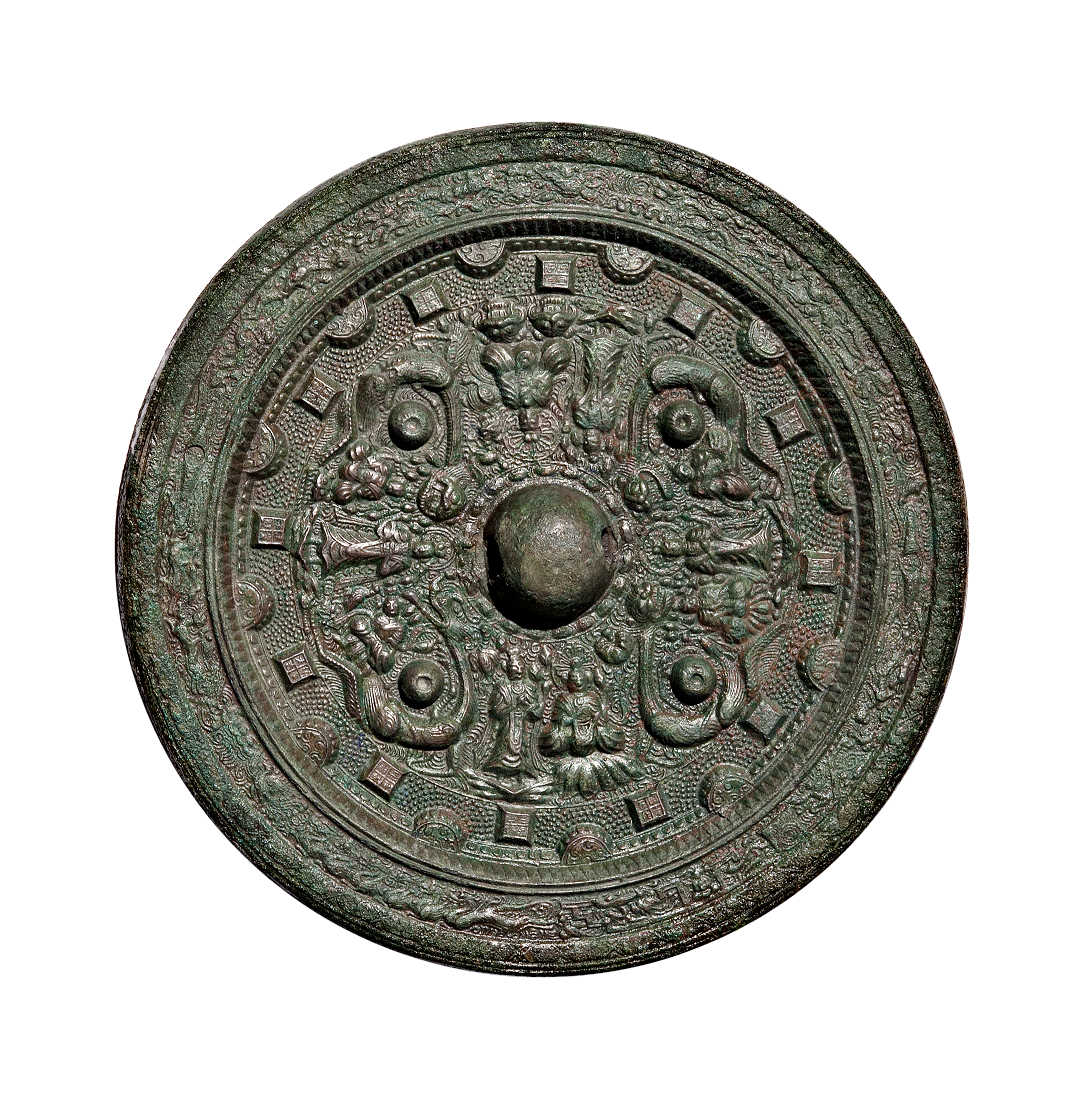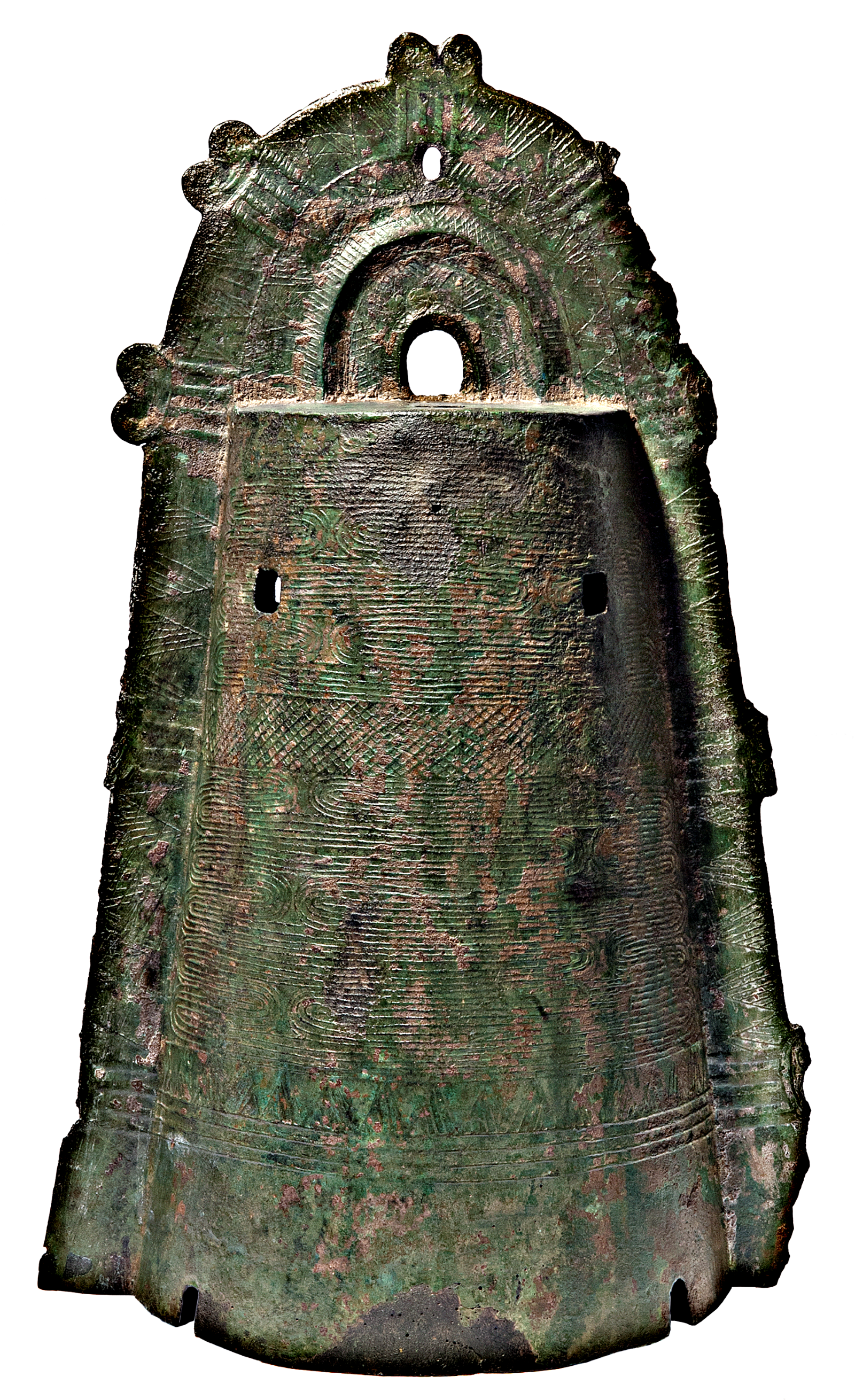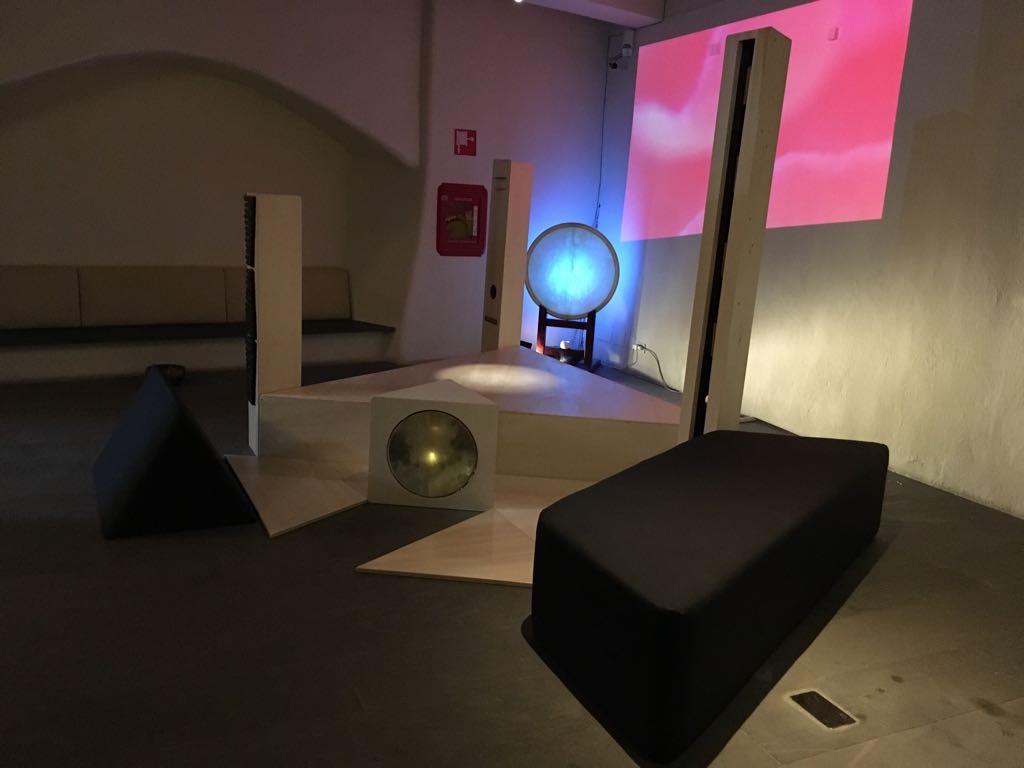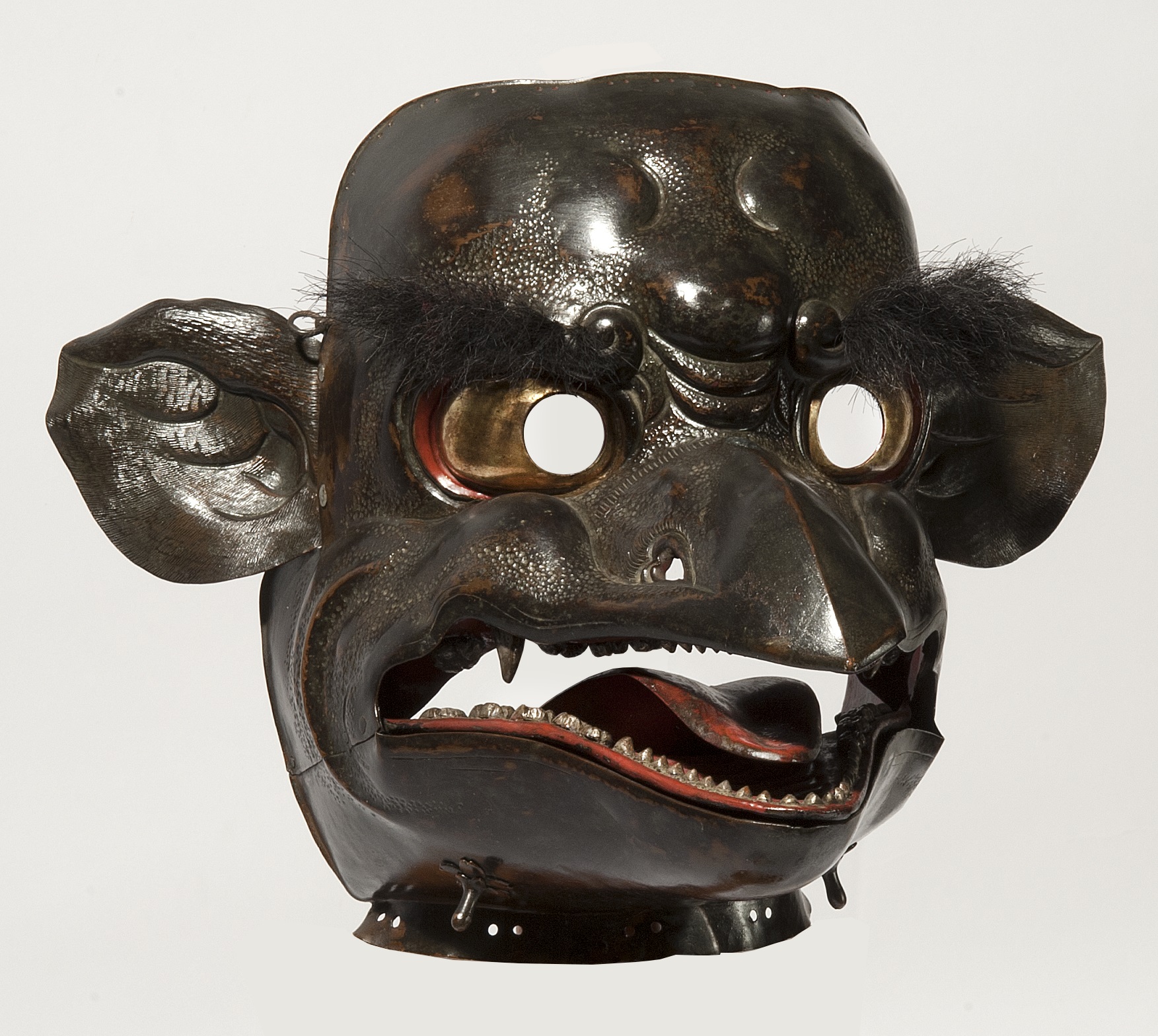
Click here to view image
Maschera da guerra
Collezione Edoardo Chiossone 1898 Genova - lascito testamentario
Myōchin, Yoshihiro
war mask
- XIX
E-19 | AA 5077
Unità di misura: cm; Altezza: 24.5; Larghezza: 19; Profondità: 18
Giappone, Prefettura di Kyōto, Kyōto
lega di rame battuta, patinata e parzialmente dorata
The war masks accompanied and completed the samurai's armour; they had the task of protecting the warrior's face from possible wounds, and often had a terrifying or monstrous appearance, both to frighten the opponent and to show the technical skill in combat of the warrior who wore them. The war mask in question portrays a Karasutengu, a raven demon and covered the entire face. This type of mask was very rare and was used exclusively by high-ranking samurai on official occasions (as it did not guarantee optimal visibility unlike half-masks that only covered the nose and mouth and were the most used in battle). The choice to depict a Tengu on a war mask underlines the will to show the warrior who wears it as a true sword master, an extraordinary being with incredible combat skills, like a Tengu, considered a Master of swords and a skilled fighter. The mask is dated: Year of Meitoku III (1392) and it is signed by Ichijō Horikawa Jūichi Daimyōchin Yoshihiro saku, "Made by Myōchin Yoshihiro, eleventh generation, of Ichijō Horikawa", but recent studies lead us to believe that it is a case of jimei (false attribution), a common Japanese practice on swords and armour, which aimed to increase its value and authority by attributing them to illustrious blacksmiths or by tracing the works back to an ancient period. In this case, the work is attributed to a member of the Myōchin family, the most important blacksmiths specialized in armour, but it is dated to an implausible historical period. The activity of a blacksmith named Myōchin Yoshihiro from the Horikawa area of Kyōto is instead attested at the beginning of the century.

